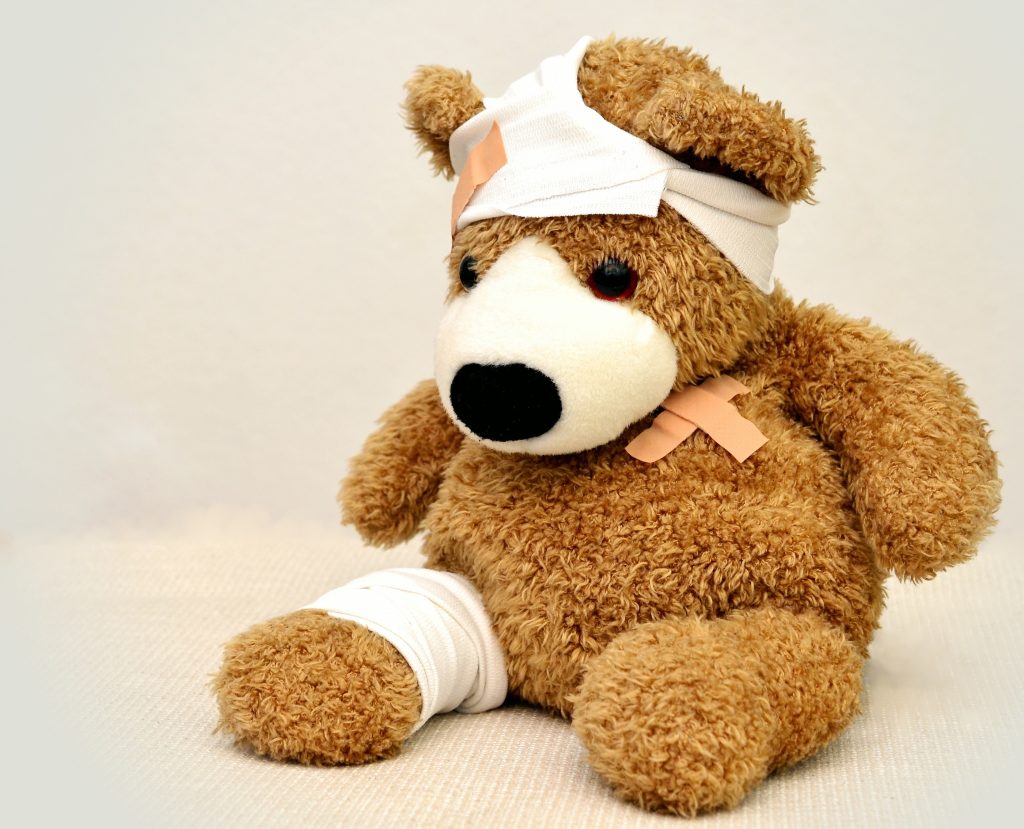
EXPLORING THE DISTURBING CONNECTION BETWEEN ANIMAL ABUSE AND DOMESTIC ABUSE.
In recent years, the link between animal abuse and domestic abuse is supported by a growing body of research and anecdotal evidence that has shed light on a disturbing connection that exists between two forms of violence. While each of these issues has long been recognized as independent societal problems, the emerging understanding of their interrelationship has brought attention to the complex dynamics that underlie both. The link between animal abuse and domestic abuse is not merely coincidental but rather represents a deep-rooted and troubling correlation that demands further exploration and intervention.
As part of the mission of The Paw Company, I focus on efforts to help change legislation in South Africa to improve the lives of animals. I recently attended three consultation workshops by the animal law project in which Dr. Sheena Swemmer shared about the link between animal abuse and domestic violence.

Sheena Swemmer currently works at the School of Law (Centre for Applied Legal Studies), University of the Witwatersrand. Sheena does research on the intersection of violence against vulnerable groups (such as women, children, and animals) and rights in the Bill of Rights. Her Ph.D. is based on the intersection of companion animal abuse and domestic violence in the home, with the aim of developing South African domestic violence laws to include companion animals.
Animal abuse, which encompasses a wide range of cruel acts towards animals, is often viewed as a precursor or warning sign for more extensive forms of violence. These abusive behaviours may include physical harm, neglect, abandonment, or even deliberate acts of torture directed toward animals, both domestic and wild. On the other hand, domestic violence refers to a pattern of controlling, coercive, and violent behaviours exerted by one person against another in an intimate relationship. This abuse may manifest as physical, emotional, psychological, or sexual harm and is characterized by a power dynamic where the abuser seeks to dominate and control their victim.
Studies examining the link between these two types of violence have uncovered compelling evidence of shared characteristics and common underlying factors. Perpetrators of domestic violence have often been found to have a history of animal abuse, suggesting a progression of violence from animals to human victims. This is also evident in crime channel stories where serial killers’s first victims are usually animals. This makes abuse of animals a significant risk factor in identifying potential domestic abusers and even murderers.
Dr. Swemmer shares the following in her presentation:
- In a 2016 study, of men arrested for animal cruelty crimes, 41% have been previously arrested for interpersonal violence crimes, including domestic violence.
- In the same study, it was found that 75% of women who previously experienced domestic violence, stated that their partner had harmed or threatened to harm their companion animals, and 90% of the time the children witnessed the violence. This can also increase the risk of the children perpetrating such violence.

Animal abuse is frequently used as a tactic to exert control and intimidation within domestic violence situations. Abusers may harm or threaten to harm beloved pets as a means to manipulate and exert power over their human victims, instilling fear and preventing them from leaving or seeking help. For many individuals, their pets are cherished family members, and the thought of harm coming to them can be a powerful deterrent to seeking safety and leaving abusive environments.
This intertwined relationship between animal abuse and domestic violence has implications for both the victims and society as a whole. Recognizing and addressing this link can offer crucial insights into understanding the minds of abusers, their motives, and the potential escalation of violence. Furthermore, it reinforces the importance of a multidisciplinary approach involving law enforcement, social services, mental health professionals, and animal welfare organizations to protect both vulnerable human and animal victims.
It is therefore important to report animal abuse and cruelty, not only because it is the right thing to do, but by saving animals, you can save people too! Read more about how to better understand animal cruelty, recognize it and report animal cruelty.
Some suggestions to address this link in terms of legislation include:
- Establishing protection order mechanisms in the Animal Protection Act.
- Creating mandatory reporting mechanisms for Veterinarians.
- Creating cross-reporting mechanisms between the Department of social development, SAPS, and the NSPCA (or animal welfare).
- Including the use of animals as complainants in domestic violence laws.
- Establish caregiver (owner) responsibilities and obligations so that they can lose “custody” of animals if they are not well taken care of.
In conclusion, the connection between animal abuse and domestic abuse serves as a poignant reminder of the complex nature of violence in society. Addressing this link is essential not only to protect animals and their human caretakers but also to break the cycle of violence that can perpetuate from one generation to the next. By fostering awareness, conducting research, and implementing effective preventive measures, we can strive towards building a safer and more compassionate society for all beings.
I agree with Gandhi that the greatness of a nation and its moral progress can be judged by the way its animals are treated. Animals didn’t have a choice where they live, so do right by them! Next week we will look at rabbit care.